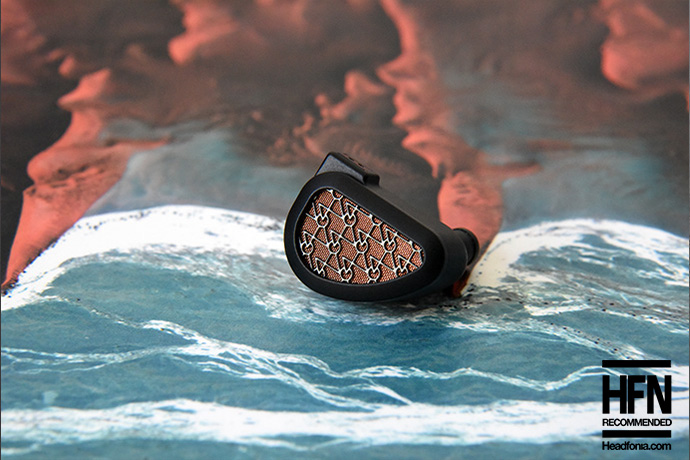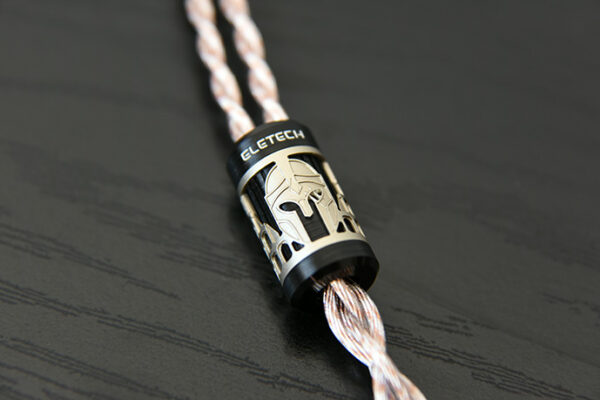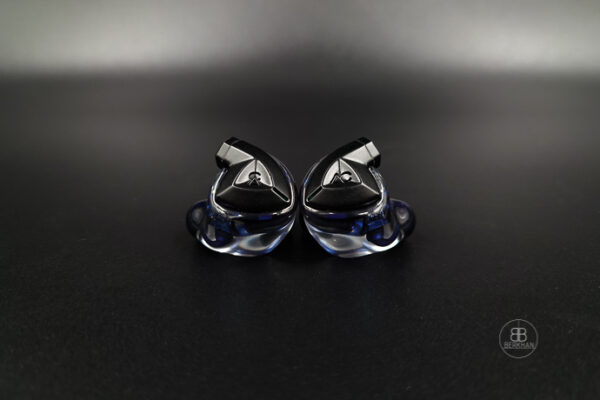If Google brought you here directly, jump back to the start of this review!
Sound
Throughout the past weeks I used the Solo with my Lotoo PAW Gold Touch, PAW 6000, Astell&Kern SR35 as well as my stationary equipment. I hooked the Solo up to my Chord Hugo TT2, the Matrix Audio Element M2 and the HoloAudio Serene KTE’s converted XLR output.
64 Audio’s Solo offers a refined and balanced signature with a slightly fuller, but superbly rich and sweet tuning. It has a distinct emphasis on the midrange, with exceptional vocal clarity and a wonderful emotional presence. The key strength of it is in its technical abilities though.
Let’s dive in a little deeper.
Bass on the Solo is controlled, impactful and highly textured. It is delivered with heaps of resolution and great extension. Though it might not push sub-bass with earth-shattering volumes, it still provides good punch and drive. Solo’s bass is full-bodied and carries wonderful weight. Solo’s bass is exemplarily controlled and comes with a tight grip. Even when a track calls for extra pump, the Solo fully delivers but never sounds overpowered or out of focus.

For example, the drums in Red Hot Chili Peppers Blood Sugar Sex Magik are thunderous and dense, they feel grounded and intense. A similar experience would be Limit to your Love by James Blake. Bass on this track is well controlled and sounds heavy on the bones. However, even if the bass presence on that track is higher, it never overshadows any other instrument and especially not the vocals.
The transition from bass to mids is seamless and perfectly done to my ears. The upper bass carries some analogue warmth into the lower mids. However, some might ask for more. This I noted in deeper male vocals, where I was missing some weight and density at times. For example, again in Blood Sugar Sex Magik. Anthony Kiedis’ vocals at the beginning have great weight in them, but they could do with a dose of extra darkness in my opinion. They don’t sound light by any means, but some more flesh would have been welcome.
Still, the lower midrange is filled with richness and resolution. The Solo’s entire mids sound organic, emotional and sweet. Instruments are presented in a life-like manner and have excellent body and weight. Vocals are rendered with clarity and come with high emotional and open presence. Nina Simone’s wonderful Feeling Good sounds just beautifully rich and capturing. Her vocals are filled with emotions and air, which makes way for a deeply engaging sound that draws one in. Björk’s Atom Dance has a similar strength, as her voice comes through with a rich body and emotions that blend seamlessly with the instruments in the background.
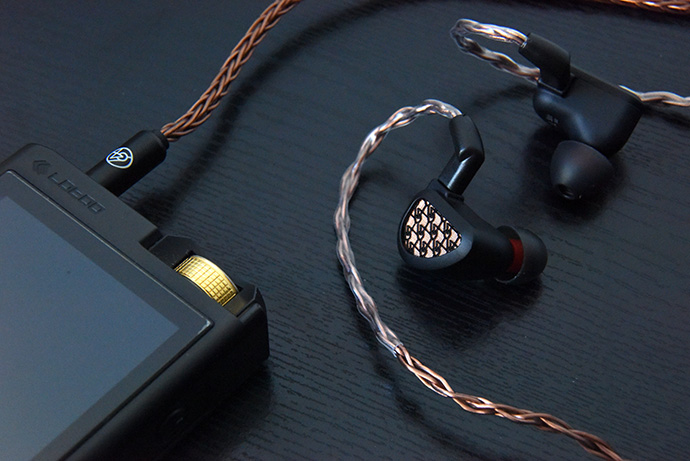
The mids are one of Solo’s best features in my opinion. Every instrument sounds full, rich and organic. Guitars, violins, drums, keys, wind instruments. All of them sound just beautiful. In Blues Brothers’ Everybody needs somebody to Love the brass wind instruments are presented with a clear shape and a rich tonality. They never tend to sound too forward or sharp.
Solo’s richness throughout the midrange is one of its strengths, that truly can put a smile on my face. One of the nicest songs I experienced this with, is Tommy James & the Shondells’ Crystal Blue Persuasion, where every instrument is full and organic, and the vocals are delivered with air and emotion. This track has a slight analogue warmth in it, that aids the overall sound just beautifully. Another great example would be Behind Blue Eyes by The Who. Rich and full guitars coupled with open and airy vocals. It’s extremely enjoyable with a natural sound and excellent body. I love it!
The technical abilities of the Solo are outstanding to me. While the soundstage might not reach concert hall dimensions, Solo still creates a scene that spreads well outside of your head. But it is its ability to layer instruments and musicians on stage that really caught my attention. In Damon Albarn’s Girls & Boys the live audience is perfectly positioned, while each instrument in front is carefully separated and placed on a pitch black background.
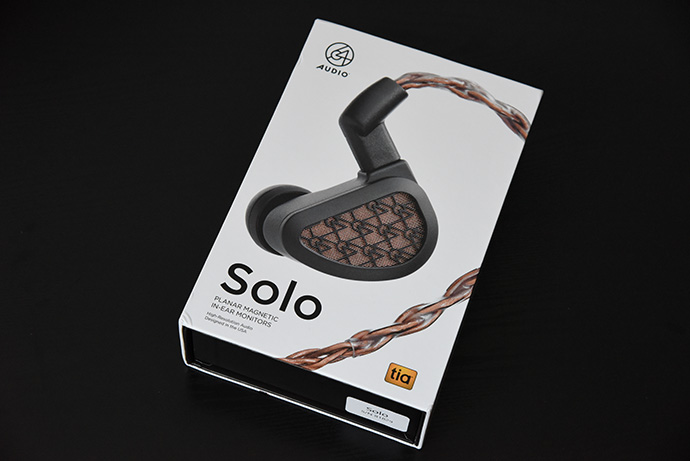
Instrumental separation and imaging are two values where the Solo absolutely shines. It handles complex structures without breaking a sweat and delivers supremely high resolution. Even in information overloaded electronic tracks, like Aphex Twin’s ΔMi−1 = −∂Σn=1NDi[n][Σj∈C{i}Fji[n − 1] + Fexti[[n−1]] aka Equation, Nine Inch Nails Closer, or orchestral pieces the Solo keeps its pace and displays the songs effortlessly.
The Solo’s imaging and layering bring out the best of any track. Pink Floyd’s Time highlights its superb separation and stage depth, where drums are weighty, and bells retain distinct separation. Nina Simone’s Feeling Good for example displays the intricate instrumental layering and imaging across the stage.
Solo’s treble is smooth and laid-back, which contributes to a relaxed and non-fatiguing listening experience. While other 64 Audio IEMs provide a more forward treble tuning, the Solo is clear of any sharpness or sibilance. This tuning is superbly suited for extended listening sessions, as it allows details to emerge without piercing brightness. Solo’s treble is crystal clear, sparkly but silky at the same time.
In Pink Floyd’s Time the bells at the beginning are distinct and well-separated but come through with a softer edge, never sounding thin or overly forward. Similarly, the hi-hats in Orbitals Moebius are fast, accurate and agile, but they steer away from sharpness. Solo resolves the dense complexity of the song very well without breaking a sweat. Especially the latter track is one of my favorites to test how much comfort the top-end tuning of any headphone, IEM or speaker is.
Earlier in this review I noted that Solo benefits from more powerful sources. This is something I noted especially with desktop gear. With those, Solo’s bass is even better controlled, and complexities are handled even better. Instrumental separation, resolution and imaging also went through the roof when using DAC/Amps like the Chord Hugo TT2 compared to weaker sources like the SR35.
All about comparisons on page three!







